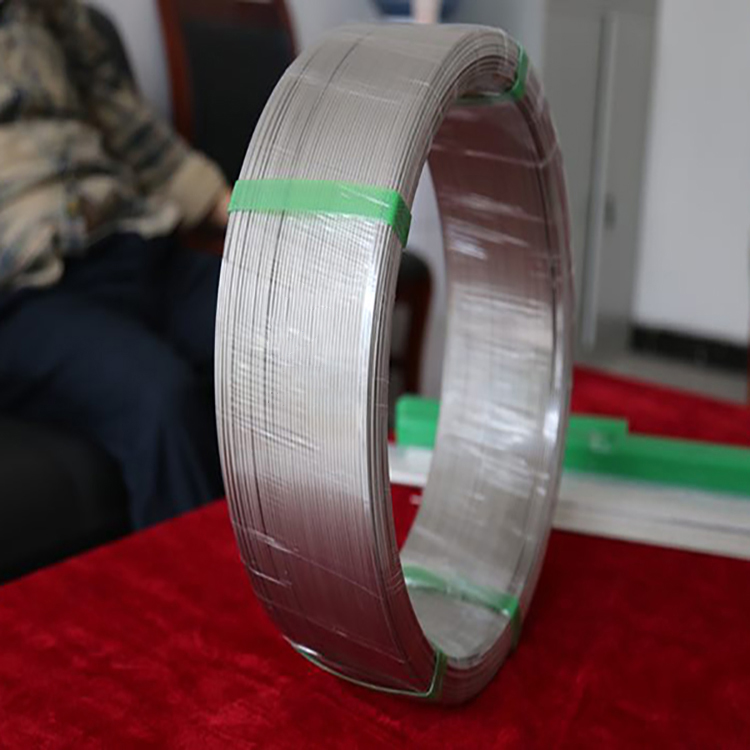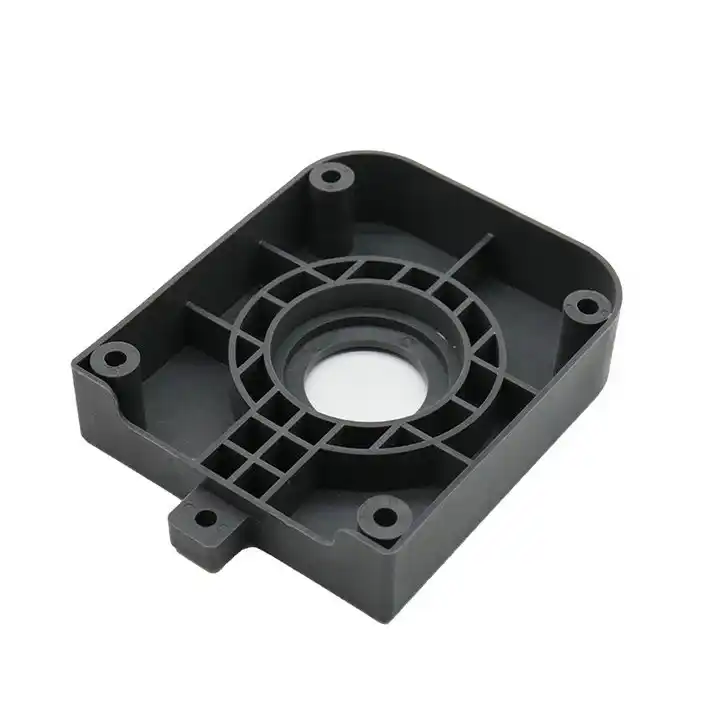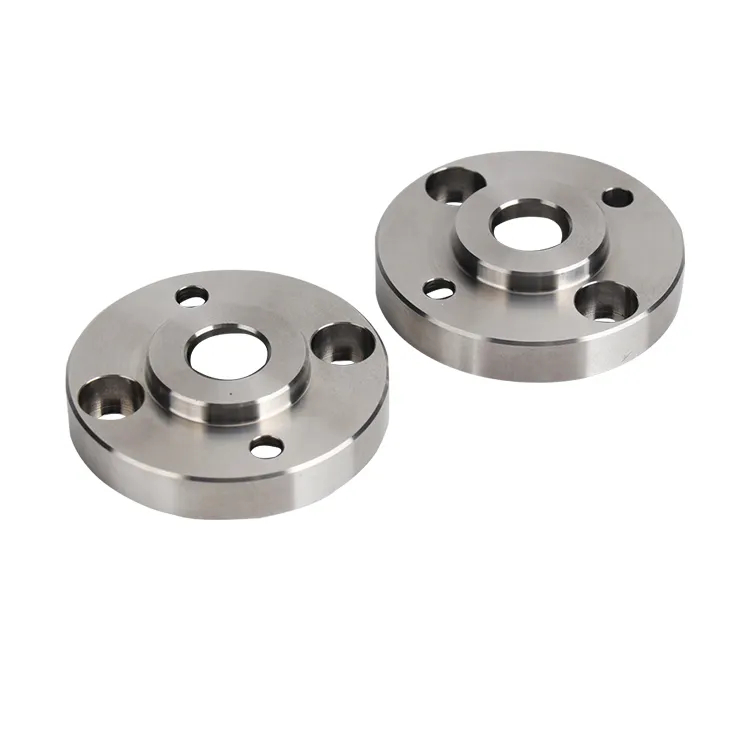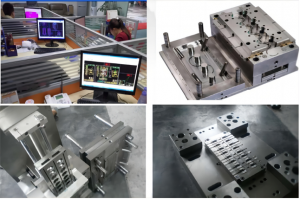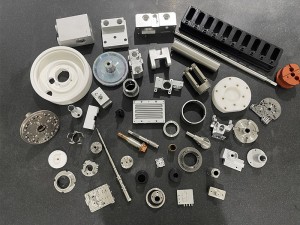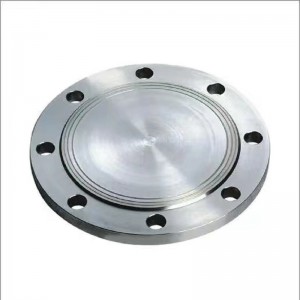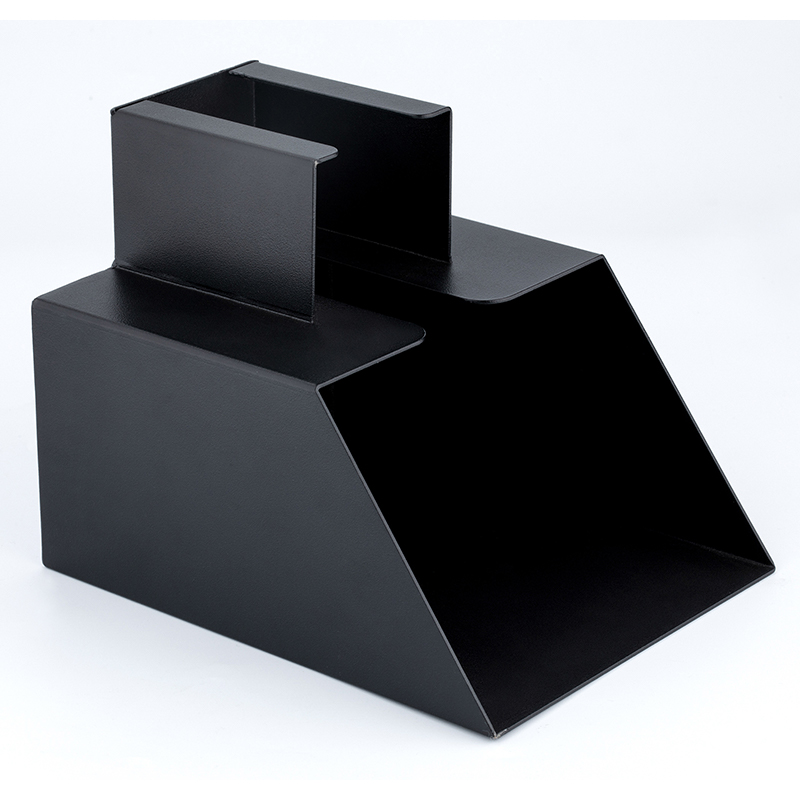Titanium and Titanium Alloy Wires
Titanium and Titanium Alloy Wires
Pure titanium is a silvery white metal, which has many excellent properties. Titanium has a density of 4.54g/cm3, 43% lighter than steel and slightly heavier than the prestigious light metal magnesium. But the mechanical strength is about the same as steel, twice as strong as aluminum and five times stronger than magnesium. Titanium is resistant to high temperature and has a melting point of 1942K, nearly 1000K higher than gold and nearly 500K higher than steel.
Titanium wire is divided into: titanium wire, titanium alloy wire, pure titanium eyeglass wire, titanium straight wire, pure titanium wire, titanium welding wire, titanium hanging wire, titanium disk wire, titanium bright wire, medical titanium wire, titanium nickel alloy wire.
Titanium Wire Specifications
A. Titanium wire specifications: φ0.8-φ6.0mm
B. Glasses titanium wire specifications: φ1.0-φ6.0mm special titanium wire
C. Titanium wire specifications: φ0.2-φ8.0mm with special hanging
Standard: GB/T,GJB,AWS,ASTM,AMS,JIS
Grade of Titanium Wire
GR1, GR2, GR3, GR5, GR7, GR9, GR11, GR12, GR16, etc.
Application Fields of Titanium Wire
Military industry, medical, sporting goods, glasses, earrings, headwear, electroplating hanging, welding wire and other industries.
State of Titanium Wire
Annealing state (M)
Hot working state (R)
Cold working state (Y)
(Annealing, Ultra-Generation Testing)
Surface of Titanium Wire
Pickling surface or brighten surface
Titanium wire forms a stable carbide with higher hardness with carbon. The growth of the carbonized layer between titanium and carbon is determined by the diffusion rate of titanium in the carbonized layer.
The solubility of carbon in titanium is small, amounting to 0.3% at 850X: and deasing to about 0.1% at 600C B Because of the low solubility of carbon in titanium, the surface hardening is basically achieved only through the titanium carbide layer and its akimbo layer below. Carburizing must be carried out under the condition of oxygen removal, because the surface layer hardness of the powder commonly used for carburizing steel against the surface of carbon monoxide or oxygen-containing carbon monoxide is up to 2700MPa and 8500MPa, and the mesh. It’s easy to peel off.
Available Material Chemical Composition
Productivity (Max and Min amount of Order): Unlimited, according to order.
Lead Time: The general lead time is 30 days. However, it depends on the amount of the order accrdingly.
Transportation: The general way of transportation is by Sea, by Air, by Express, by Train, which shall be selected by customers.
Packing:
- Pipe ends to be protected with plastic or cardboard caps.
- All fittings to be packed to protect ends and facing.
- All other goods will be packed by foam pads and related plastic packing and plywood cases.
- Any wood used for packing must be suitable to prevent contamination by contact with handling equipment.
In contrast, under the condition of deoxygenation or decarburization, a thin layer of titanium carbide may be formed when carburized in charcoal. The hardness of this layer is 32OUOMPa, which is in line with the hardness of titanium carbide. The depth of carburizing layer is generally greater than that of nitriding layer when nitriding is used under the same conditions. Under the condition of oxygen enrichment, the effect of oxygen absorption on hardening depth must be considered. It is only under the condition of very thin layer thickness that sufficient adhesive strength can be formed by carburizing carbon powder in vacuum or in argon-methane atmosphere. In contrast, the use of gas carburizing agent may form a particularly hard and well bonded titanium carbide hardened layer. At the same time, the hardening spread formed at the temperature between 950T: and 10201:. With the inase of layer thickness, the TiC layer becomes more brittle and tends to flake off. In order to avoid the intrusion of carbon inclusions into the TiC layer due to the decomposition of Reane, the gas carburizing should be carried out in an inert gas with a prescribed dose additive of about 2% Reane. Lower surface hardness is obtained when methane is carburized with propane additives. When the bonding force is up to OKPA and gas carburized propane is used, although the measured hardened layer thickness is very thin, it has the best wear resistance. Hydrogen is absorbed by gas carburizing agent, but it has to be removed again during vacuum annealing.
